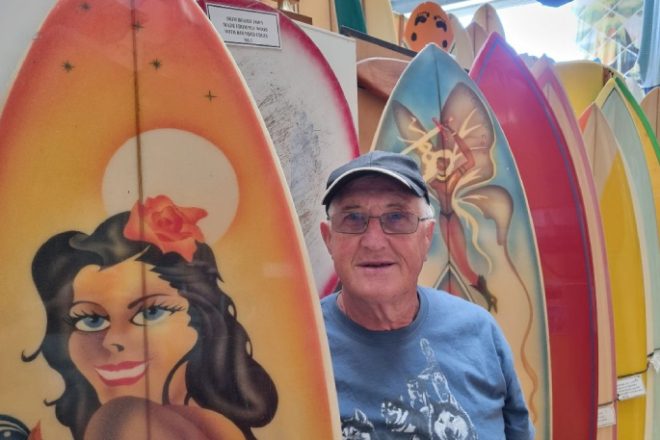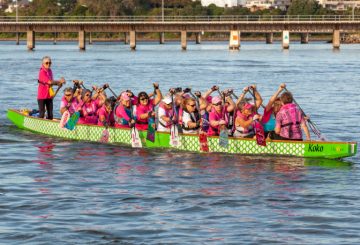即将建成的新西兰陶朗加博物馆已经收购了著名的达斯蒂·瓦德尔藏品,该藏品以其经典的新西兰冲浪板和冲浪纪念品而闻名。该藏品包括 130 多块冲浪板和各种复古物品,博物馆建成后将可供子孙后代欣赏。
当地知名商人和冲浪爱好者达斯蒂·瓦德尔策划了这个系列。它代表了新西兰从1960年代到1980年代的冲浪历史。瓦德尔对这些藏品能够保存在新博物馆中表示高兴。
该系列始于2005年,当时瓦德尔的儿子购买了一块长板,重新激发了瓦德尔对冲浪的兴趣。陶朗加市议会文化与遗产部艺术总监格雷格·麦克马纳斯对该藏品表示赞赏,称其可能是新西兰有史以来在售的同类藏品中最好的。
Bay Boardriders总裁詹姆斯·雅各布斯强调了冲浪对新西兰文化的重大影响。他指出,将藏品存放在陶朗加是恰当的,该国于1963年在那里举办了首届全国冲浪比赛。
Dusty Waddell藏品将加入陶朗加遗产藏品中的33,000多件文物,这些藏品目前存放在芒格努伊山一个可控制气候的大型仓库中。新的陶朗加博物馆定于2028年开放,将为游客提供身临其境的旅程,了解这座城市的丰富遗产和新西兰充满活力的冲浪历史。该博物馆是大型项目 “Te Manawataki o Te Papa” 的一部分,该项目将把市中心改造成一个拥有博物馆、图书馆、公共会议室和展览馆的社区空间。施工定于今年开始。





























































